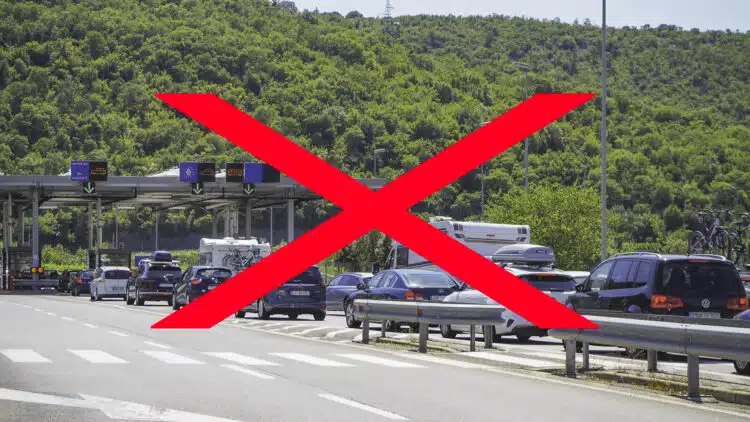Now it is certain: Croatia is from next year a part of the large Schengen area. For tourists, this will eliminate annoying border controls and long lines at passport control.
From January 1, Croatia can join the Schengen area without further border controls. This was agreed by the responsible ministers of the total of 26 Schengen countries on December 8 at a meeting in Brussels. The controls at the national borders of the vacation country, which is particularly popular with German-speaking tourists, are to be abolished as early as the beginning of next year (see our article on this already: Croatia soon Schengen member?).
On the other hand, there was no unanimous majority for the admission of Bulgaria and Romania to the Schengen area, as originally all three countries were to be admitted: Austria and the Netherlands oppose the accession of Bulgaria and Romania to the Schengen area, fearing an increase in migration via the so-called Balkan route.
The so-called Schengen Agreement has guaranteed freedom of travel throughout Europe since 1995. From January 1, 2023, Croatia will also be part of it
The so-called Schengen Agreement has guaranteed freedom of travel throughout Europe since 1995. Until now, the visa-free zone included 26 European countries, including 22 EU countries and the four partner states Switzerland, Norway, Iceland and Liechtenstein. In order to expand the Schengen area, the member countries must pass a unanimous resolution to this effect, and a positive vote by the European Parliament is also required.
Regardless of the decision on Bulgaria and Romania, however, it is now certain that at least in Croatia, controls at land borders will be abolished as early as the beginning of 2023, and at airports in March of the coming year. Croatia will also introduce the euro as a means of payment next year (Croatia: Kuna adé, schon bald kommt der Euro).













